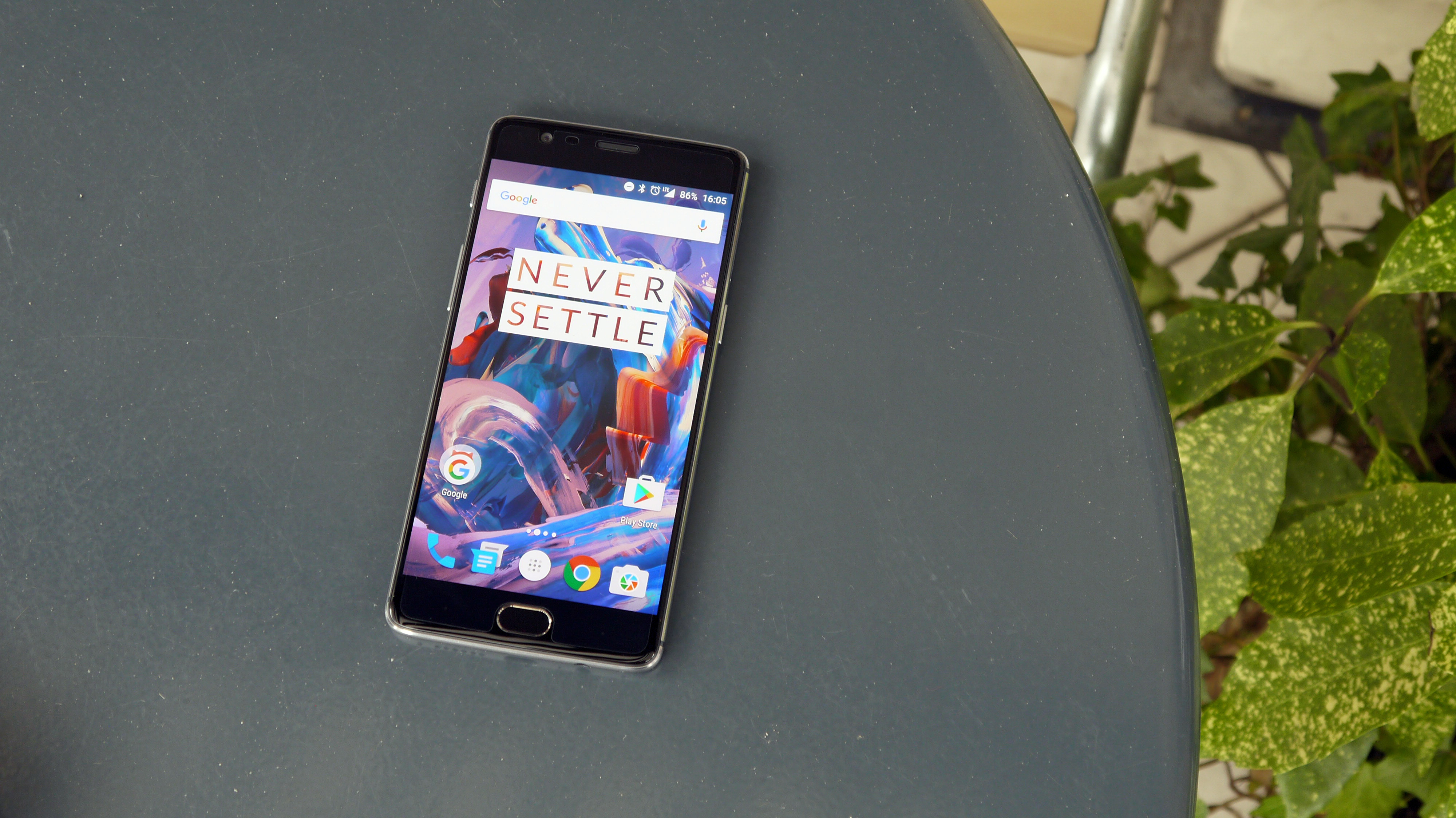Why you can trust TechRadar
The OnePlus 3 is excellent. The Chinese startup has addressed a number of issues fans had with the OnePlus 2, wrapped it in a new premium suit and managed to keep the price low enough to worry the established names in the market.
There are a few shortcomings, but some compromises are essential in a US$399/£309 (soon to be £329) smartphone with this level of spec, and on the whole the ones made here don't really limit the OnePlus 3.
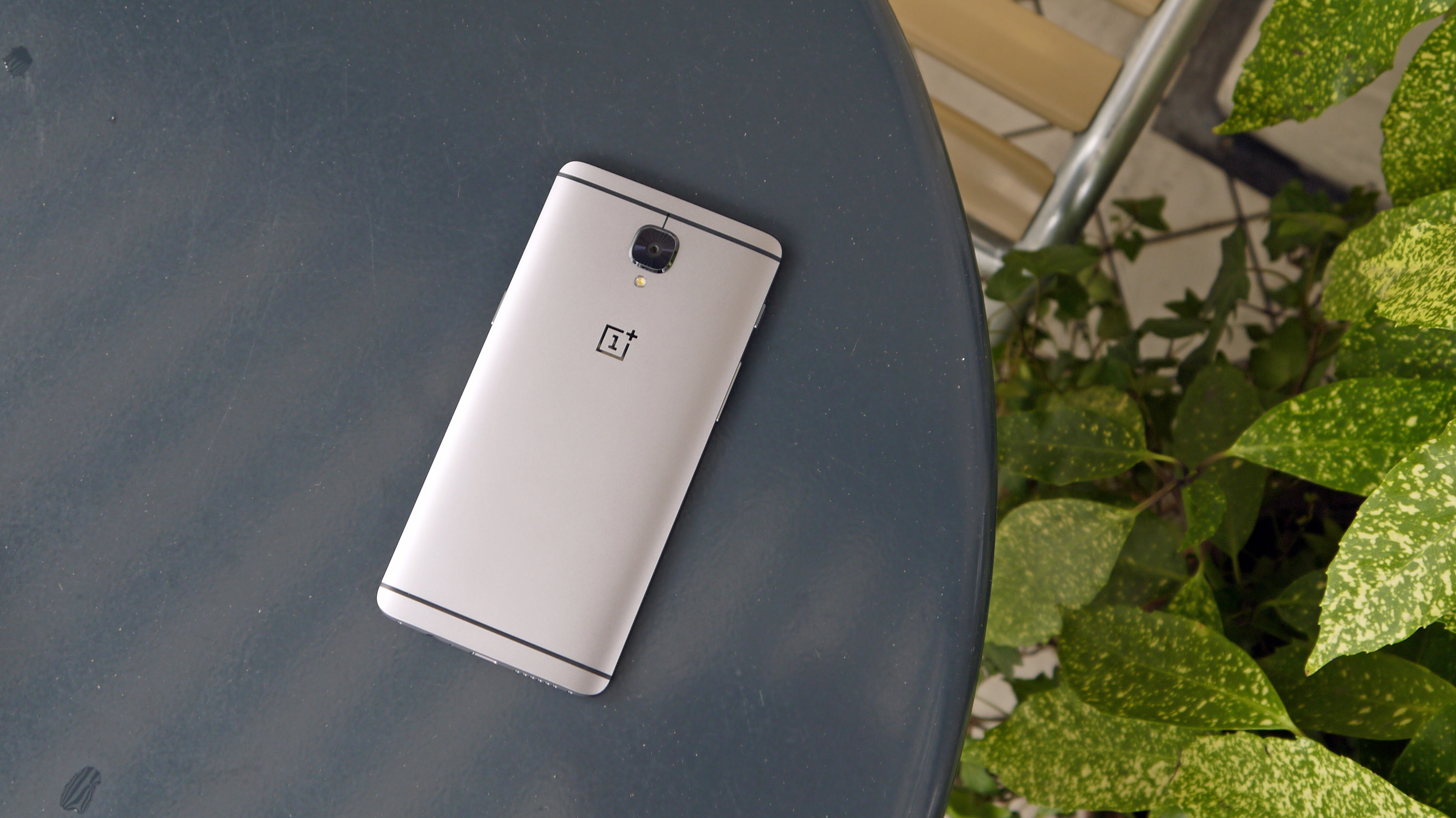
We liked
I really, really like the design of the OnePlus 3. It may have borrowed most of its looks from competitors, but its simplistic design looks and feels great. This is a phone which could easily be mistaken for a handset double its price.
There's also a whole lot of power squashed inside the OnePlus 3's aluminum frame, with the Snapdragon 820 processor and huge 6GB of RAM ensuring it's future-proofed for the next few years at least.
While the display may not be QHD, the decision to go for an AMOLED panel on the OnePlus 3 makes everything much more vibrant, and the Oxygen OS interface keeps the stock Android Marshmallow design while adding some genuinely useful features of its own.
The proximity display, which you wake by waving your hand over the phone like a Jedi, is not only cool, it's something I use on a daily basis, while the greater settings controls and customization options allow you to fine-tune the interface to your liking.
We disliked
It's great to see OnePlus including NFC in its third-generation flagship, but expandable storage has been shunned once again, and that's sure to infuriate some fans.
You also get just one storage option – 64GB – giving users less flexibility when it comes to purchasing the OnePlus 3. For most, that will be more than enough space, but considering the developer-focused fan base OnePlus has, the lack of a microSD slot is still a little surprising. For those looking to tinker, and take advantage of an unlocked bootloader, limitations aren't exactly helpful.
The camera isn't as strong as I'd like, or OnePlus promises. It's certainly not a poor offering, but if you compare it to the Samsung Galaxy S7 there's only one winner – and it's not the OnePlus 3. The strange detail loss in some pictures immediately after capture is also an odd quirk, which I hope gets ironed out with a software update.
Battery life is another area where the OnePlus 3 could do better. It will last a full day, but no more – and you'll more than likely have to enable the power-saving mode for the final few hours. That said, the Dash Charge technology works very well, and a quick blast before leaving work will be enough to last you late into the night.
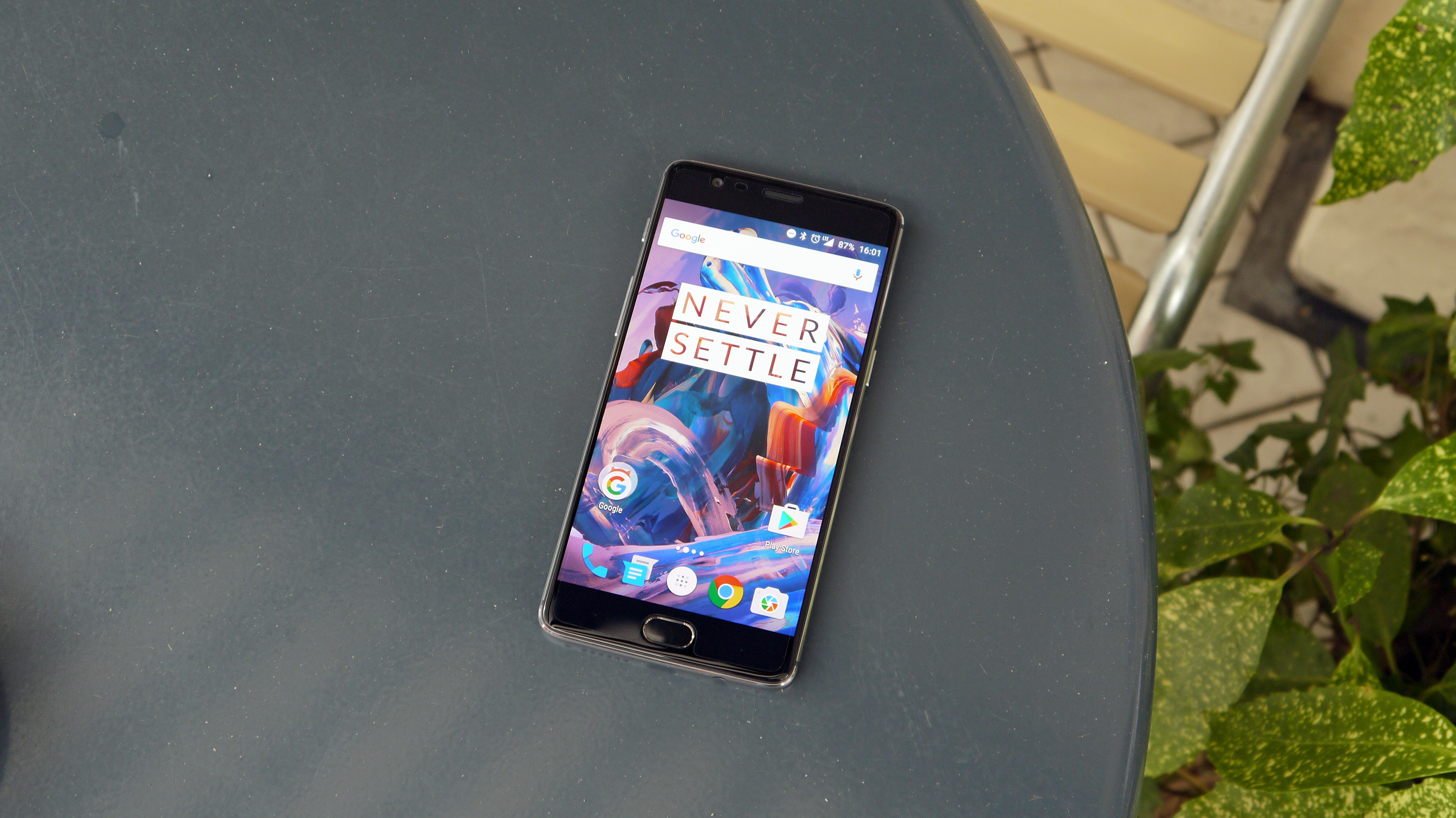
Verdict
I've already said it, but I'll say it again: the OnePlus 3 is excellent. The Chinese firm needed to pull something out of the bag in 2016. The OnePlus 2 was another solid phone, but it didn't break enough new ground, and its simply insane claim to be a '2016 Flagship Killer' was massively misguided.
I'd happily slap that title on the OnePlus 3 though. It goes toe-to-toe with the high-end flagships of 2016. Sure it doesn't have a QHD display, expandable storage or a world-class camera, and battery life doesn't set it apart, but considering the money you'll be parting with I'm okay with all of that.
If you're looking for the best phone in the world, this isn't it – take a look at the Samsung Galaxy S7 and Galaxy S7 Edge - but if you want a flagship phone without the expense, the OnePlus 3 is a handset you must seriously consider.
And with OnePlus ditching its irritating invite system it's never been easier to pick up one of its handsets – so why not make it the best phone OnePlus has ever made, the OnePlus 3.
Samsung Galaxy S7/S7 Edge
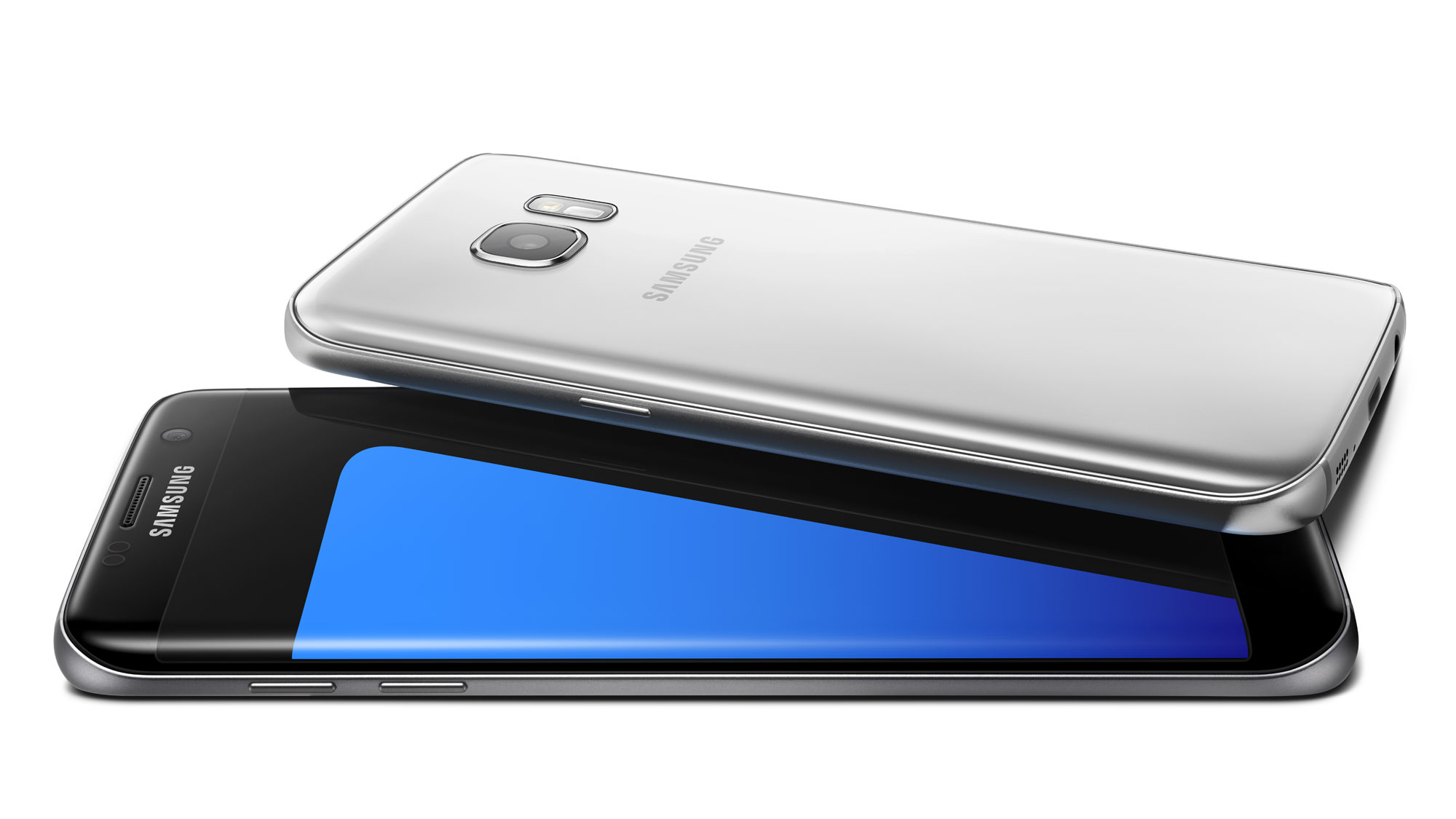
The Samsung Galaxy S7 Edge is our best phone in the world, so how does the OnePlus 3 shape up? Surprisingly well, actually.
The S7 Edge, and standard Galaxy S7, have excellent cameras – the best on the market in our eyes – and the OnePlus 3 doesn't really get close to the quality the Samsungs produce.
While no flagship smartphone truly gives you two days of battery life nowadays, the Galaxy S7 duo do at least give a better showing that the OnePlus 3. You'll still need to recharge when you get into bed, but you won't be cutting things as fine.
The QHD resolutions on the Galaxy S7s also make video playback and gaming more enjoyable with crystal clear clarity and bright, vibrant colors. The OnePlus 3 still offers a very good experience, but the S7s just go that extra mile.
HTC 10

Another 2016 flagship Android phone with a premium design is the HTC 10. It holds some similarities in looks with the OnePlus 3, but it's really its predecessor the One M9 which is more of a doppelganger for the latest OnePlus offering.
This time around HTC has gone heavy on chamfers on the rear of its flagship, while inside you'll find the same Snapdragon 820 chip as the OnePlus 3, although only 4GB rather than 6GB of RAM.
HTC's Sense UI also gets a reboot on the 10, with a new design and fun sticker layout option allowing you to have some fun with app placements. It's tinkered with its rear camera, and while it's not as good as point-and-shoot as the Galaxy S7, work the Pro mode and you'll get some cracking shots from it.
- Read our HTC 10 review
OnePlus 2
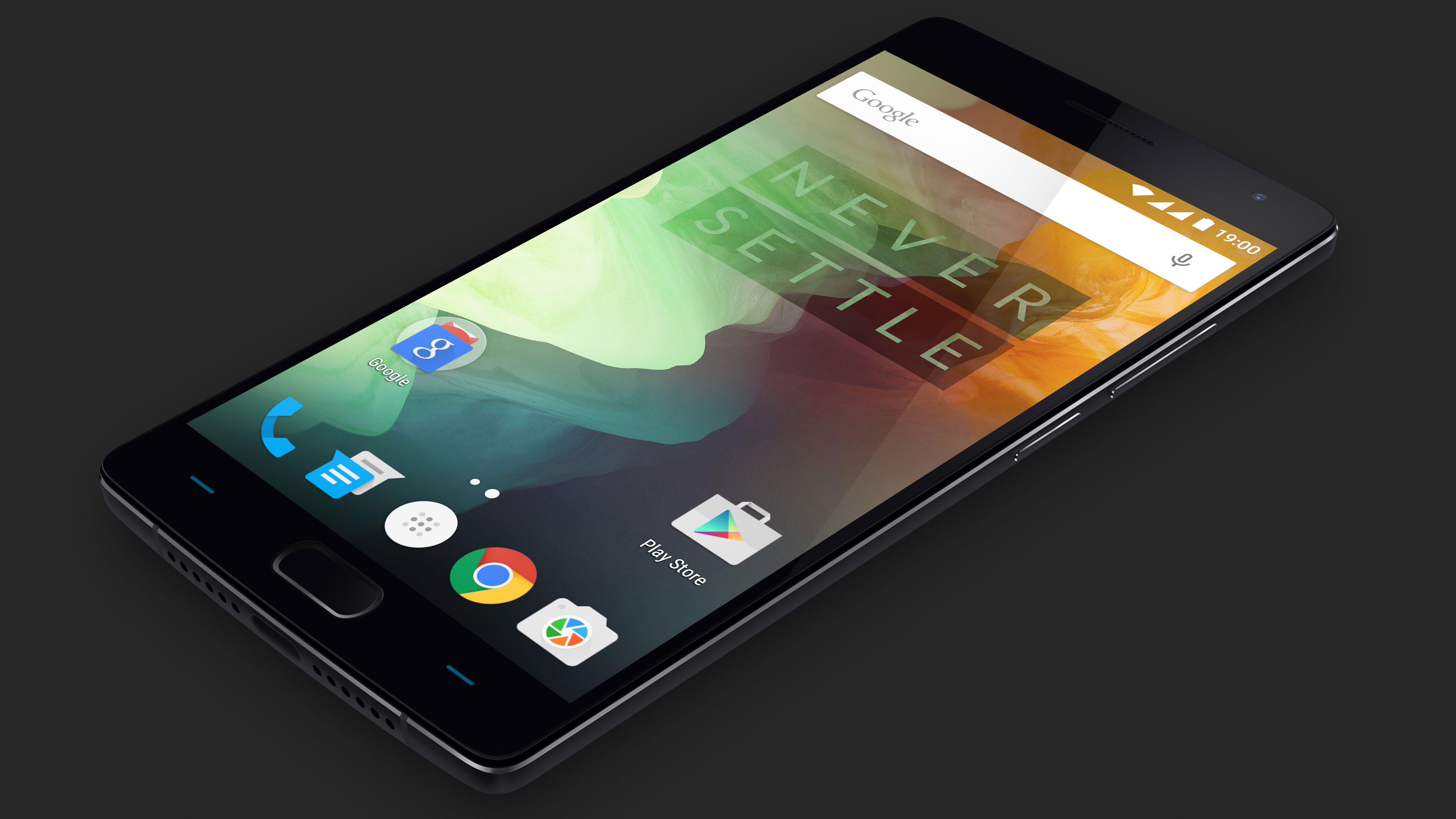
The OnePlus 2 got a price drop shortly before the launch of the OnePlus, which still means it offers decent value for money.
It may have a cheaper design, less punchy performance and a weaker camera than its shiny new successor, but with a bigger battery and a price tag of £249 (US$299, around AU$350) it does offer something a little different.
There's also no NFC or fast charging on the OnePlus 2 – two features included with the OnePlus 3 and considering there isn't a huge price difference between the two handsets, it's well worth shelling out the extra cash for the latest handset.
For those who already own the OnePlus 2, is it worth upgrading to the OnePlus 3? It's certainly not essential, but if you have the money you won't be disappointed.
- Read our OnePlus 2 review
First reviewed: June 2016

TechRadar's former Global Managing Editor, John has been a technology journalist for more than a decade, and over the years has built up a vast knowledge of the tech industry. He’s interviewed CEOs from some of the world’s biggest tech firms, visited their HQs, and appeared on live TV and radio, including Sky News, BBC News, BBC World News, Al Jazeera, LBC, and BBC Radio 4.
